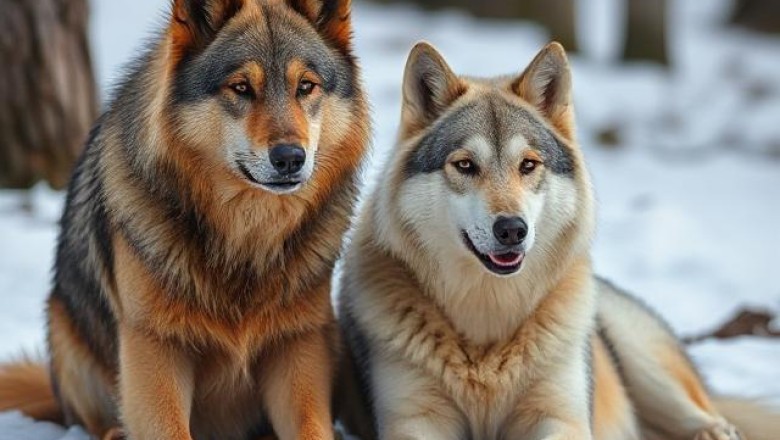
Unleashing the Past: The Fascinating Journey of Dogs from Wolves to Companions
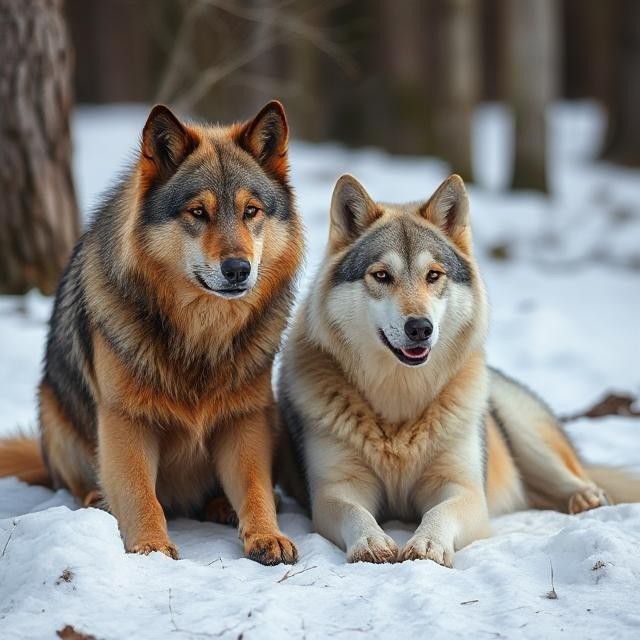
From the gentle Pekingese snoozing on an apartment couch to the towering St. Bernard guarding a mountain cabin, dogs come in an astonishing variety of shapes, sizes, and personalities. At first glance, these breeds seem worlds apart, defying logic when one considers that all domestic dogs share a common ancestor: the gray wolf. Recent molecular evidence suggests that this bond dates back approximately 130,000 years. Yet, how did a lineage stemming from a singular wild animal blossom into more than 150 distinct breeds, each bred for specific traits?
The Art of Selective Breeding
The answer lies significantly in our complex relationship with these animals, marked by years of intense and intentional selective breeding. It wasn't until the last century and a half that this artificial "evolution" really took off. The goal of purebred breeding has often been to establish distinctive visual traits or behavioral qualities, such as the enthusiasm and speed of a greyhound or the gentle nature of a Cavalier King Charles Spaniel.
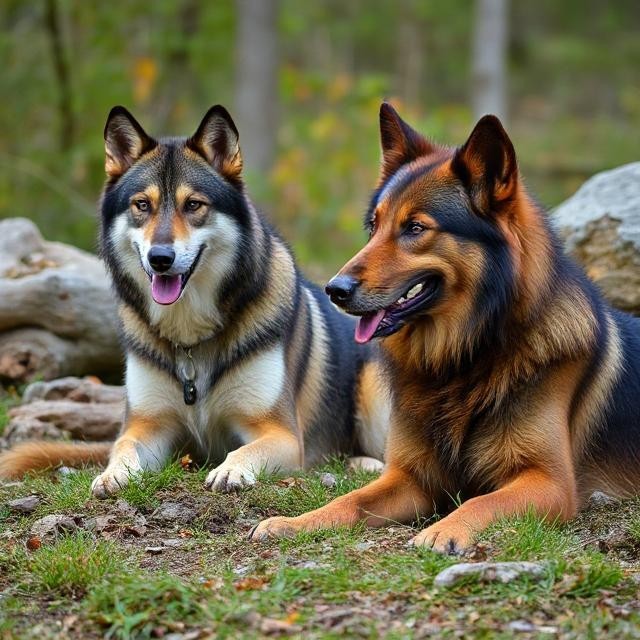
During this period, breeders have focused on certain traits to help distinguish breeds from one another. This strived for purity has resulted in the creation of some of the most beloved breeds, carrying with it the unintended consequence of concentrating certain genes — including those associated with breed-specific health issues. For instance, the hip dysplasia seen in German Shepherds or the respiratory issues common in flat-faced breeds like bulldogs highlight the downside of obsession with pedigree.
The Canine Genome Project: A New Frontier
Amidst rising concerns about the health of these breeds, scientists are embarking on an ambitious venture known as the "Dog Genome Project." Much like the Human Genome Project, this initiative aims to locate and map the genes of our canines to identify those that may cause health problems and understand the genetic basis of behavior.
Just as genetics have unlocked numerous mysteries about human health, the unraveling of the canine genetic code stands to shine much-needed light on the intricate workings of our four-legged friends. Researchers are eager to delve into the genetic components that not only influence diseases but also behaviors — perhaps even explaining why some dogs are more prone to anxiety or how instinctual herding behaviors persist in seemingly non-working breeds.
Rethinking the Historical Relationship of Dogs and Humans
As science continues to unveil the genetic intricacies of dogs, it has also pushed us to reconsider their history with humans. Previously, it was thought that dogs were wild until their domestication around 12,000 years ago. A landmark DNA study conducted in 1997 challenged this perspective by proposing that the process began as early as 130,000 years ago, suggesting that wolves were adapting to human society long before the advent of agriculture.
This revelation leads us to reconsider a long-held myth: that humans were primarily responsible for domestication, inviting dogs to serve as guards or companions. Instead, some experts propose a fascinating alternative narrative—that early dogs may have found a niche in burgeoning human societies, taking advantage of the scraps of food left behind by hunters and gatherers. In essence, our early ancestors may have unknowingly welcomed these canine companions into their lives because they benefited both parties.
The Behavioral Transformation from Wolves to Dogs
While the selection process for certain traits, the essence of domestication, was undoubtedly influenced by our human needs, the transformation was also profound on a behavioral level. Unlike their wild ancestors, domestic dogs showcase an array of characteristics that align with their compatibility in human homes. Picture a wolf: fierce, independent, and wary. Now imagine a labrador retriever bounding towards you with a wagging tail, eager for a game of fetch. This drastic behavioral change results from thousands of years spent alongside humans.
Research shows that the domestication process has altered the emotional structures in dogs' brains, improving their ability to communicate with humans. Dogs are more sensitive to human social cues, which explains why they can follow commands or seem to instinctively know how to comfort their owners during tough times. This evolution has led to a range of skills, from the expert tracking of search and rescue dogs to the emotional support provided by therapy animals.
The Dogs of Today: A Reflection of Our Society
As we delve deeper into the timeline of dog domestication, we begin to witness the strong relationship between our evolving societal structure and the breeds that have flourished alongside us. Different breeds arose to fulfill various roles, each reflecting the unique challenges and needs of their time—rural versus urban lifestyles, the need for hunting versus companionship, or even social standing in a rapidly changing world.
Small toy breeds like Chihuahuas or toy poodles often symbolize luxury and provide companionship to individuals in urban areas, whereas larger dogs like Great Danes serve as protective companions for those who live in more open spaces. The profound impact of environment and function continues to shape the sentiment toward breeds today, dictating trends and preferences in pet ownership.
Health Matters: The Future of Our Companion Dogs
Yet, as we bask in the love that our dogs provide, it’s crucial to remain vigilant about their health, especially with the concentrated risk genes resulting from selective breeding practices. The Dog Genome Project brings both hope and responsibility. By identifying specific genetic markers associated with diseases, researchers are paving the way for better screening techniques, preventive care, and possible gene therapies that could mitigate breed-specific health issues.

Moreover, there is a growing movement among dog lovers and breeders advocating for more ethical breeding practices that prioritize health over aesthetics. Organizations and initiatives are emerging to safeguard the welfare of dogs, recognizing that our furry companions deserve the same level of care and consideration as any family member.
Conclusion: A Shared Journey
Ultimately, the relationship between dogs and humans is an evolving story, marked by companionship, complexity, and shared experiences. As we uncover the layers of their genetic heritage and transform the way we think about breeding and health care, we also reinforce the bond these animals share with us.
Whether a miniature dachshund curled up in your lap or a massive Mastiff on your doorstep, every dog has a history that links them back to their wild ancestors. Together, we navigate the challenges, joys, and responsibilities of canine companionship, creating a narrative that will continue to unfold. Our journey with dogs has only just begun, promising endless possibilities and deeper understanding, both for us and for our furry companions who have traversed the ages by our side.














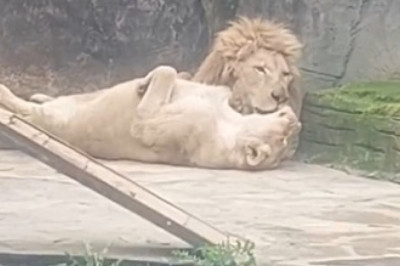

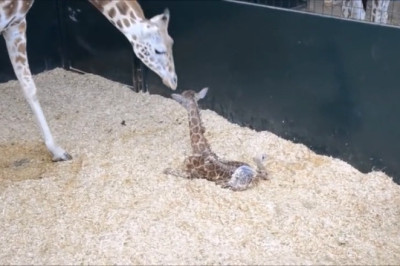

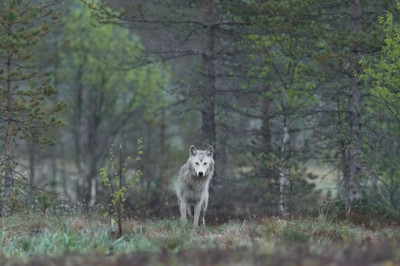

Comments
0 comment